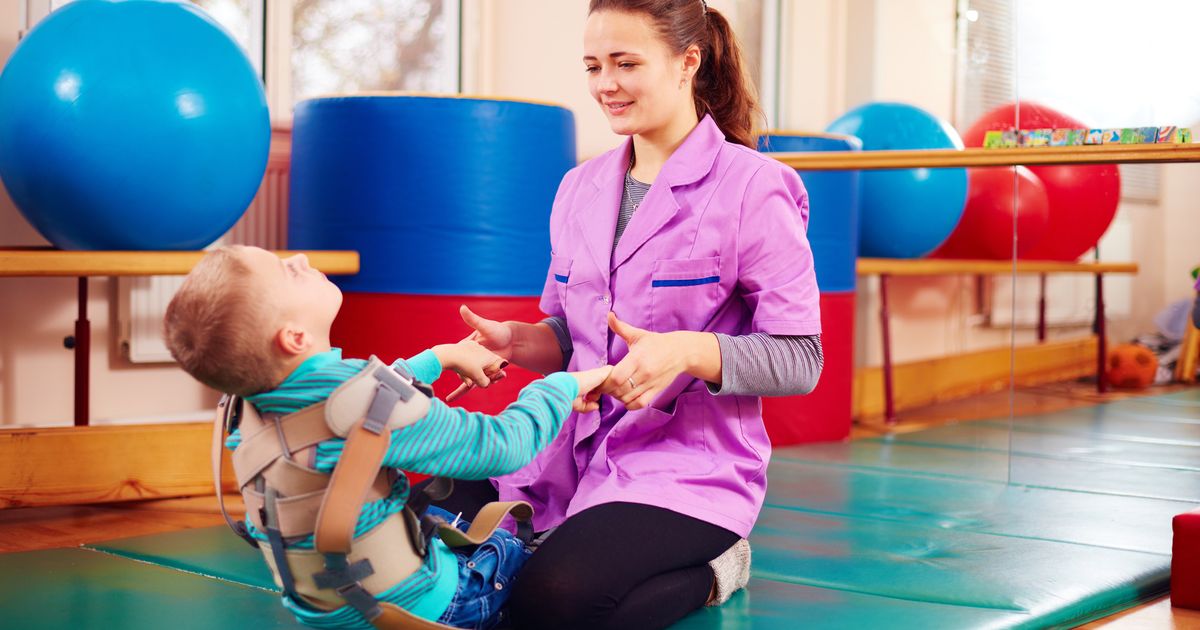A Comprehensive Guide To Diagnosing And Treating Cerebral Palsy
Cerebral palsy is a condition that affects the movement, muscle tone, or posture of an individual caused by substantial damage to the developing brain of a fetus or newborn. Symptoms of cerebral palsy will often appear while in utero, during infancy, or even the preschool years. Typically, this disorder causes impaired movement associated with abnormal reflexes, floppiness or rigidity of the limbs and core, abnormal posture, involuntary movements, unsteady walking, or a combination of these symptoms. This condition affects each patient affected by it differently, as some individuals can walk while others are bound to a wheelchair, others may have a normal intellectual capacity while others will be greatly impaired, as it all depends on the severity of the condition.
How Cerebral Palsy Is Diagnosed

It's important to diagnose cerebral palsy while a child is still young, as this helps with their wellbeing and the wellbeing of their families. Diagnosis includes several steps like developmental monitoring, screening, and medical evaluations. Developmental monitoring, typically done at a yearly physical exam, is the process of tracking a child's overall development and growth. Developmental screening is done by giving the child a short test to diagnose certain developmental delays. This process can help pinpoint movement or motor delays found in cerebral palsy.
Physicians recommend a developmental screening for all children at nine months, eighteen months, and twenty-four or thirty months old. Medical evaluations help diagnose the specific developmental disorder affecting a child. A doctor will examine the child's muscle tone, posture, reflexes, as well as their motor skills, in addition to taking a medical history. Before diagnosing cerebral palsy, the doctor will rule out disorders that cause similar symptoms.
Medical Team And Therapies

Children and adults who have cerebral palsy require long-term, around the clock care comprised of a compassionate and knowledgeable medical care team, which includes a pediatrician, pediatric neurologist, orthopedic surgeon, physical therapist, occupational therapist, speech-language pathologist, and a developmental therapist. A mental health specialist, recreation therapist, social worker, and special education teacher will also often be a part of the team, and depending on the severity, many patients may even have a live-in nurse or caretaker to assist them and their family. Physical therapy, occupational therapy, and speech and language therapy can all help an individual with cerebral palsy enhance their functional abilities.
